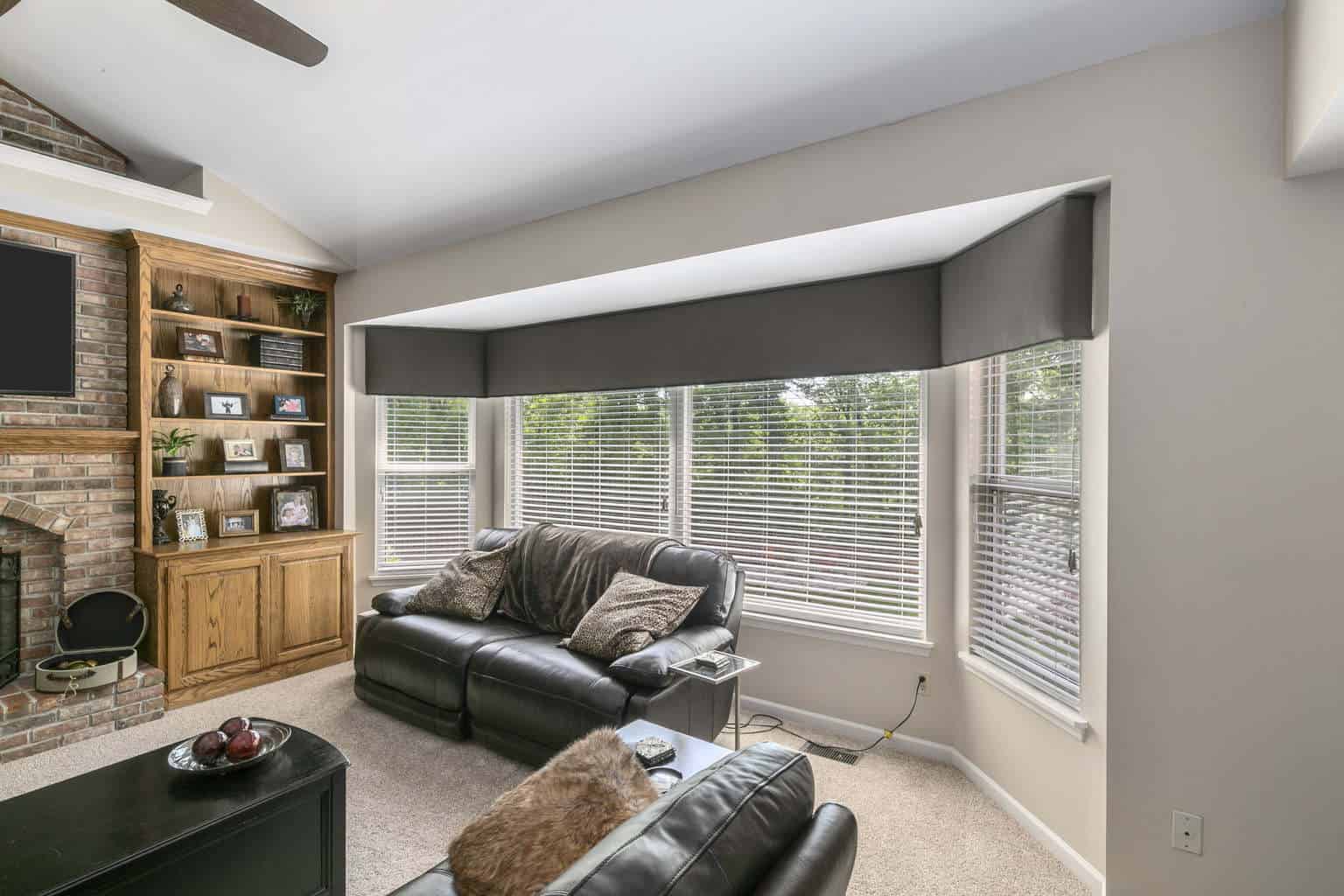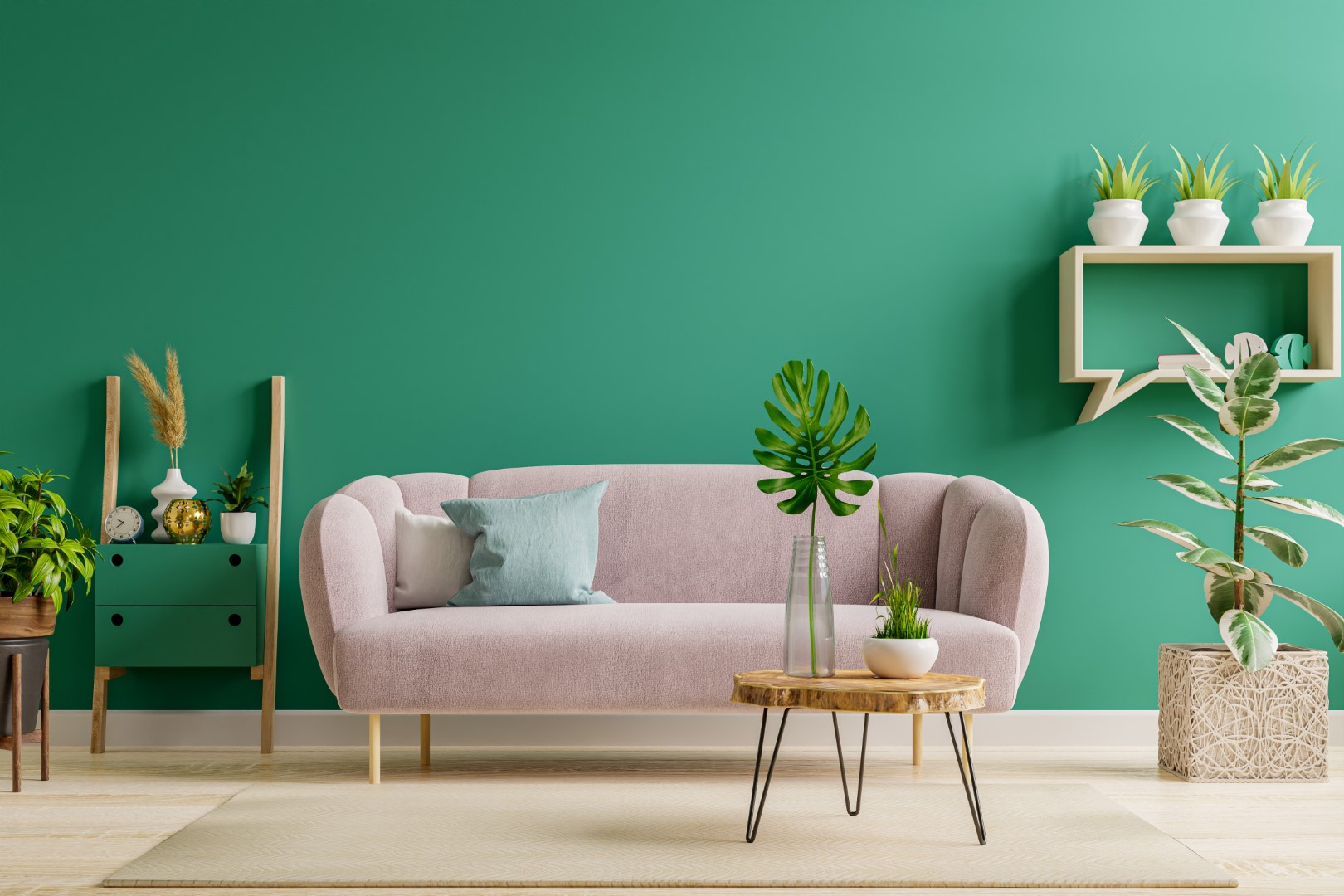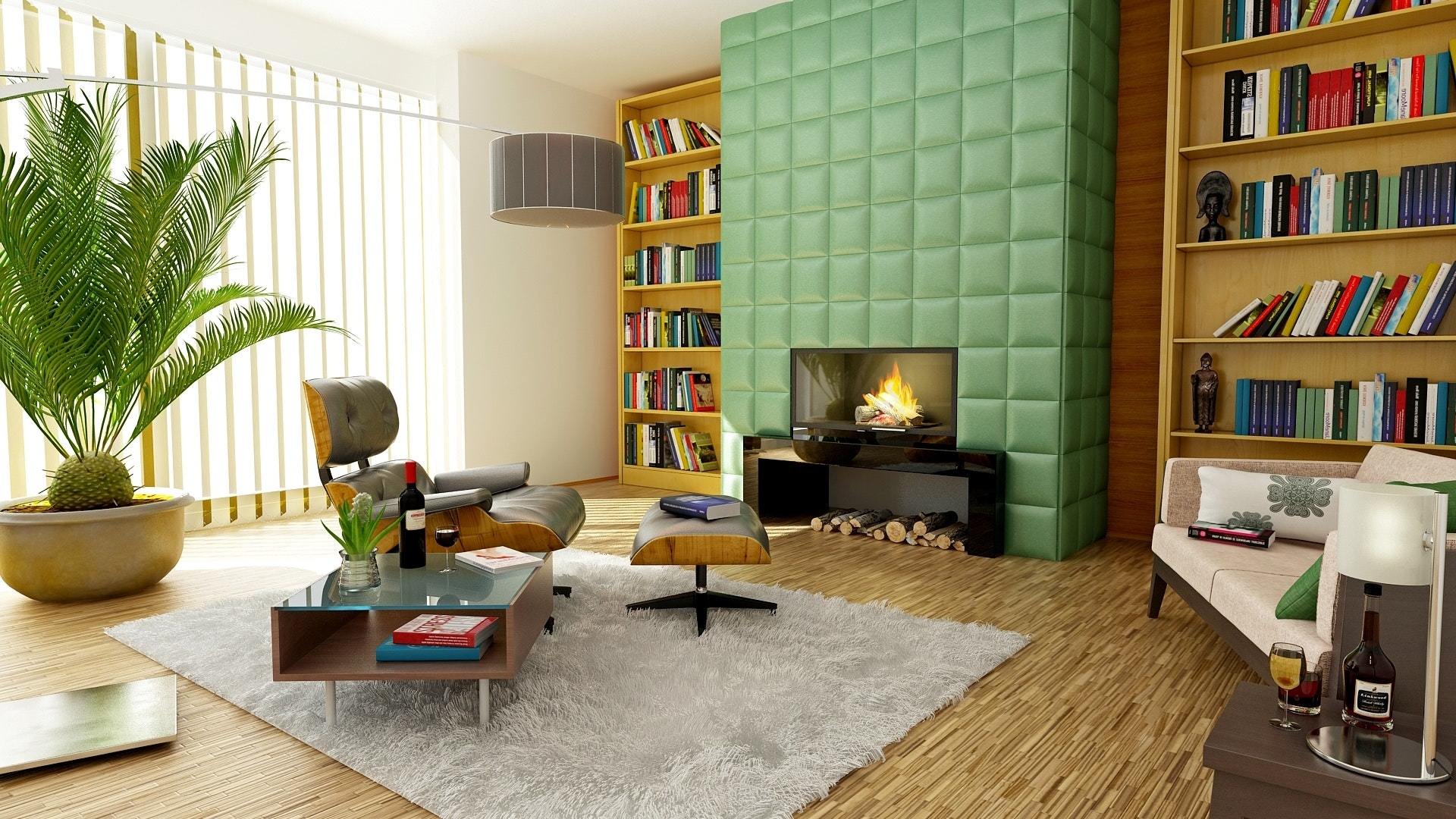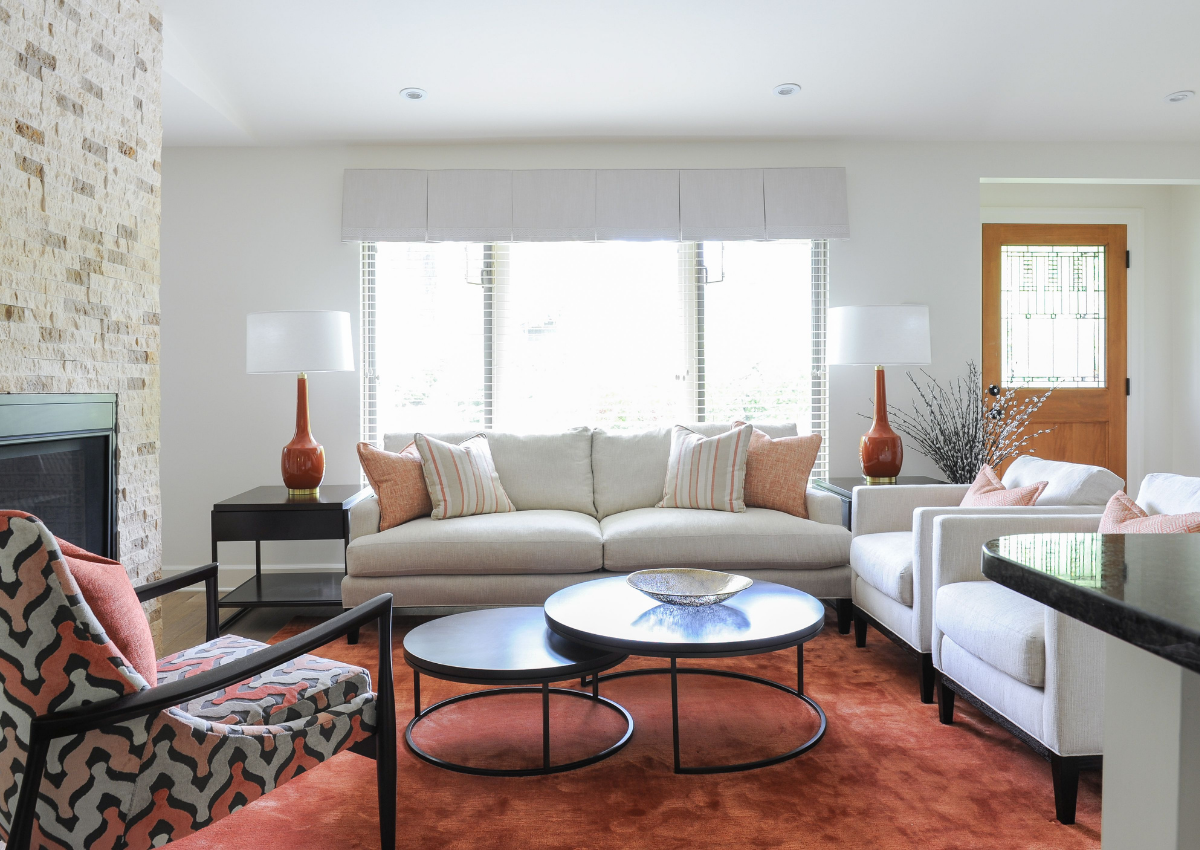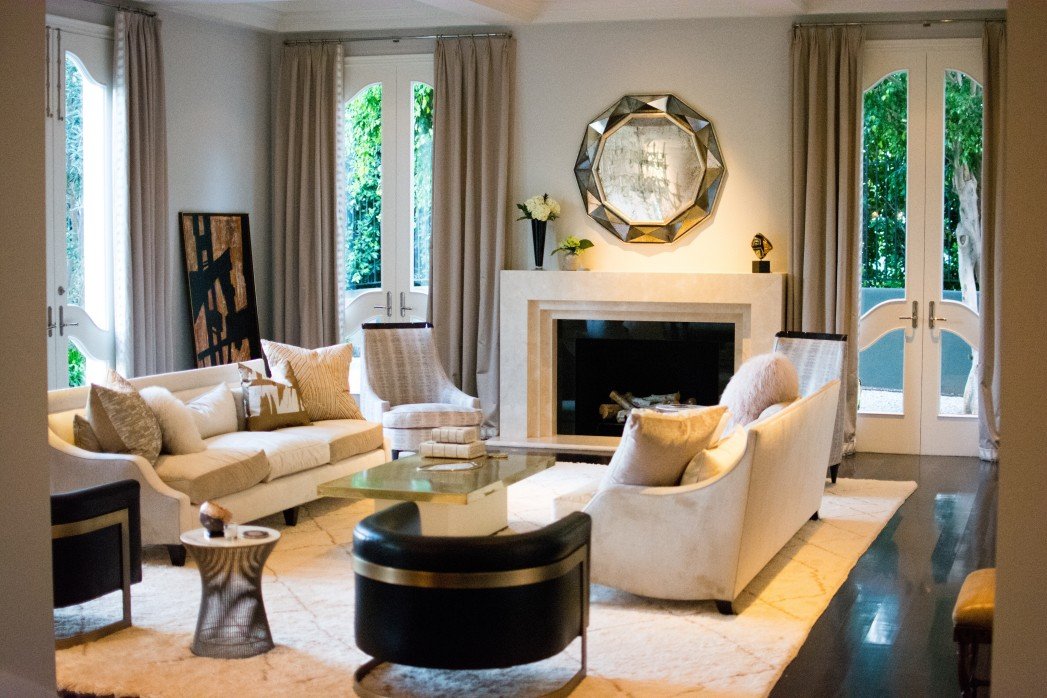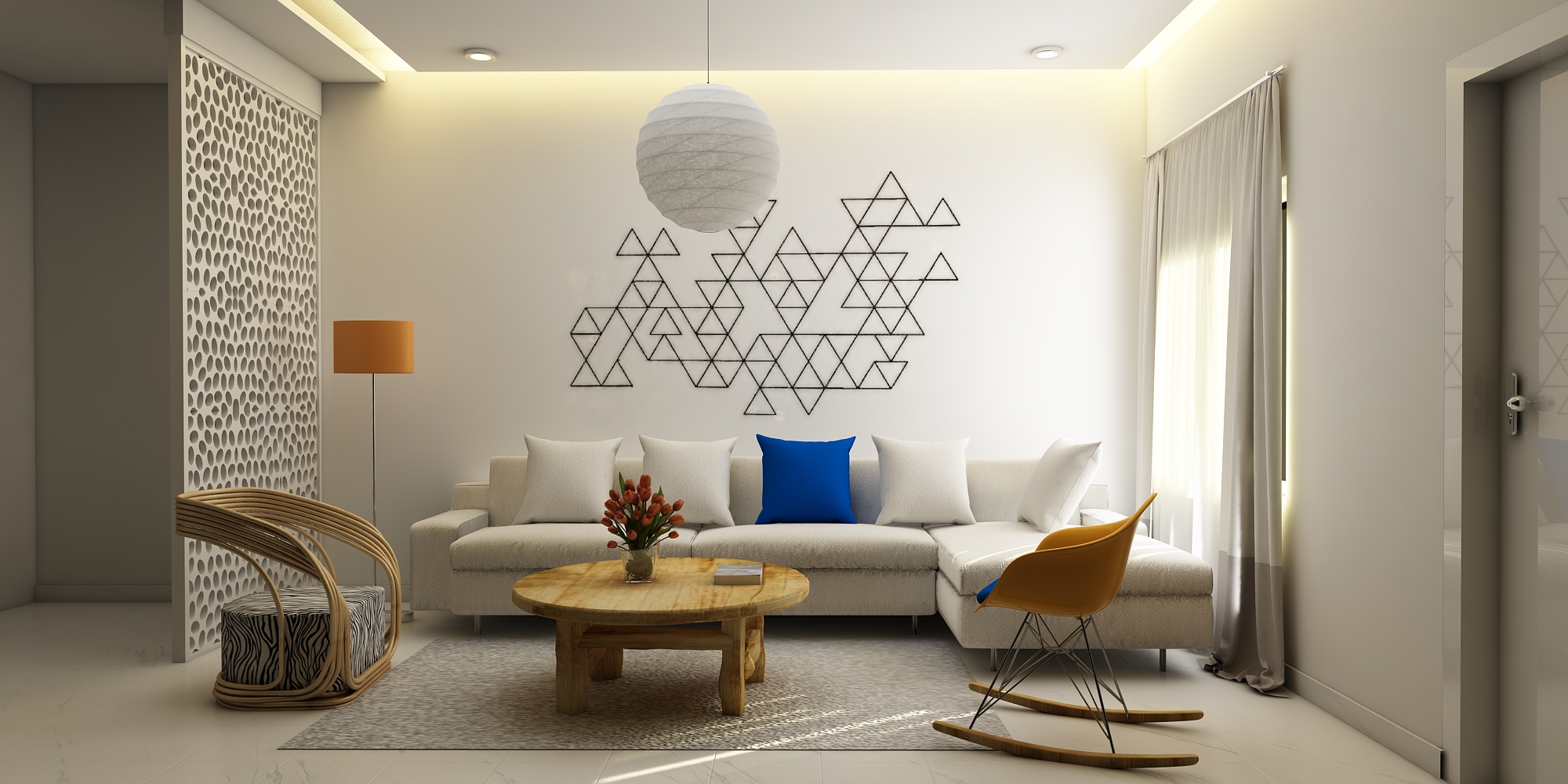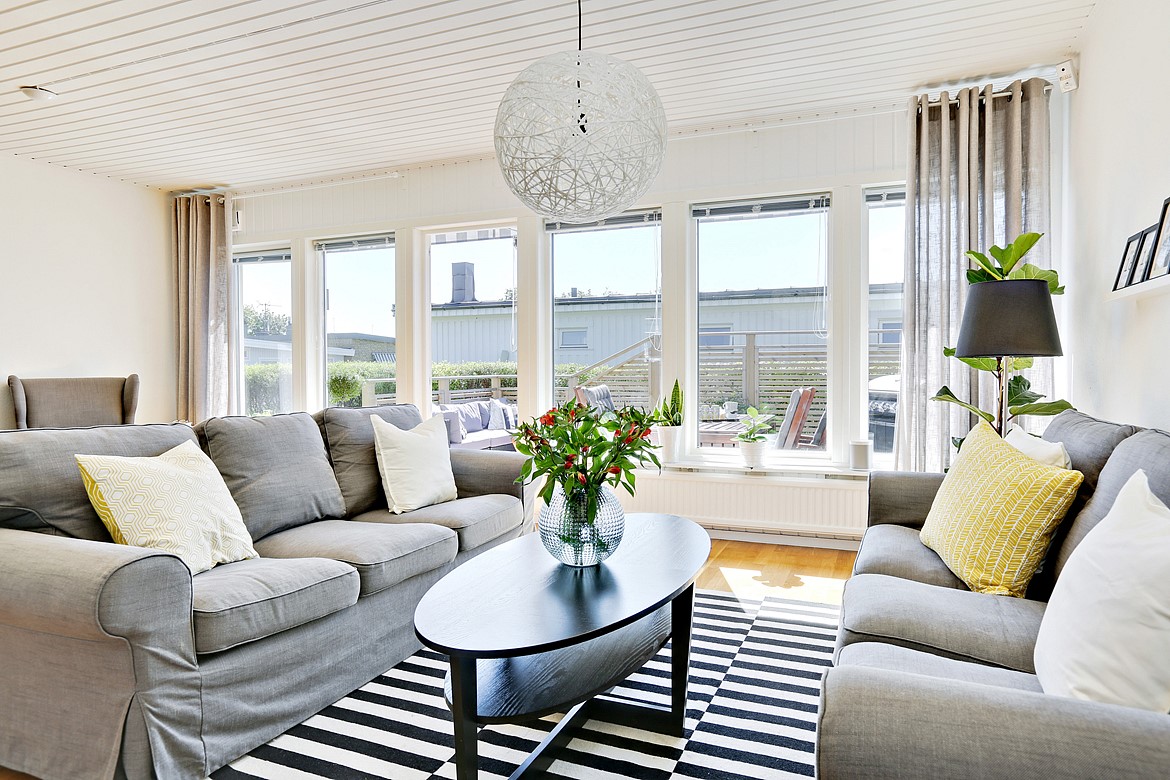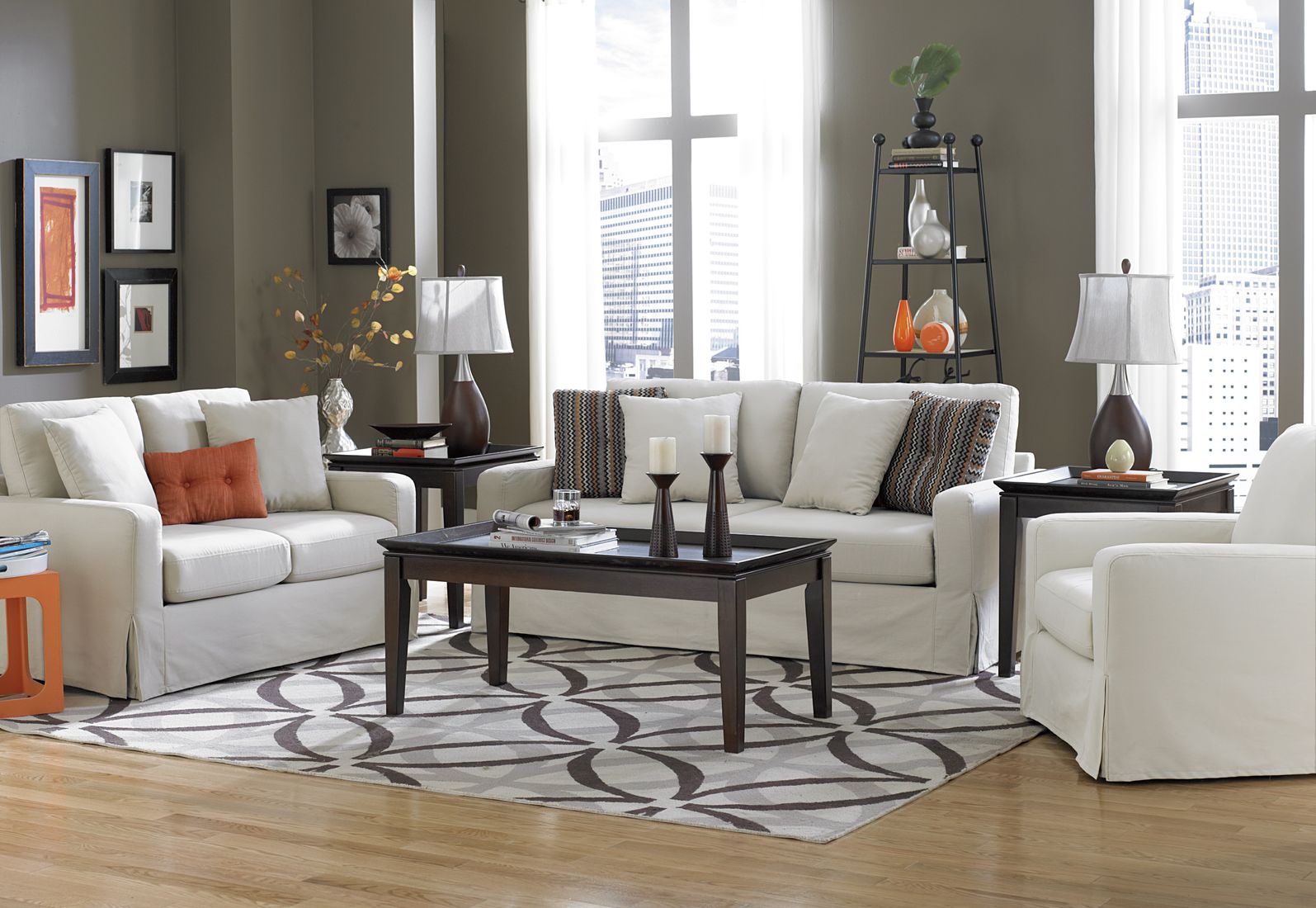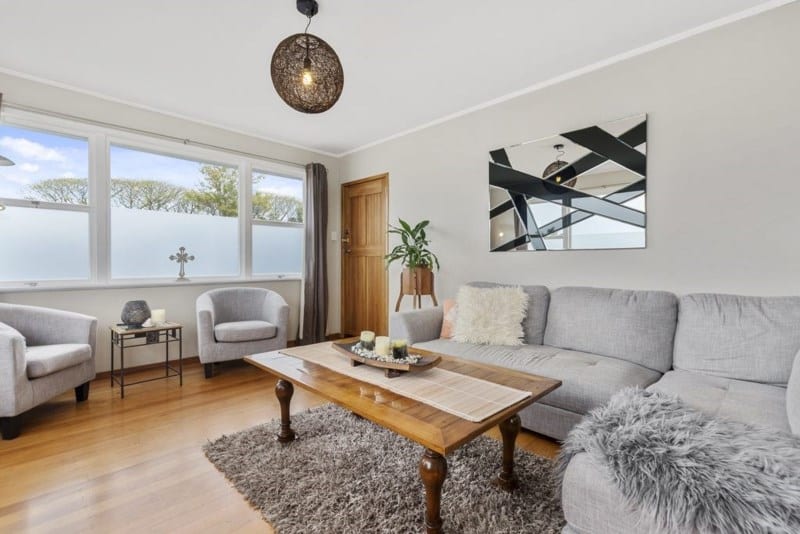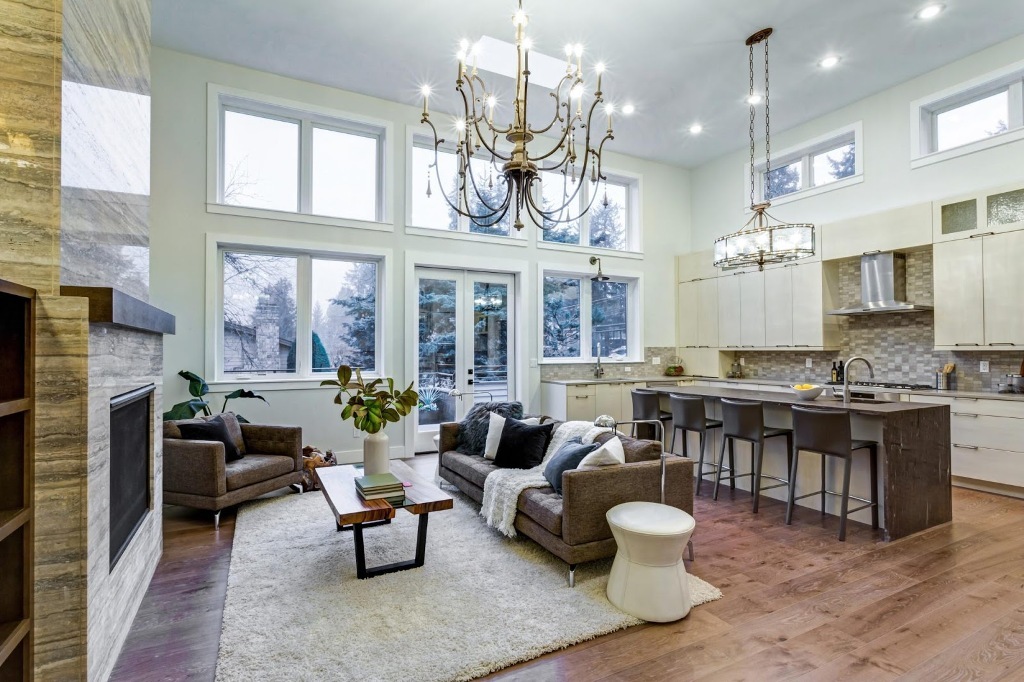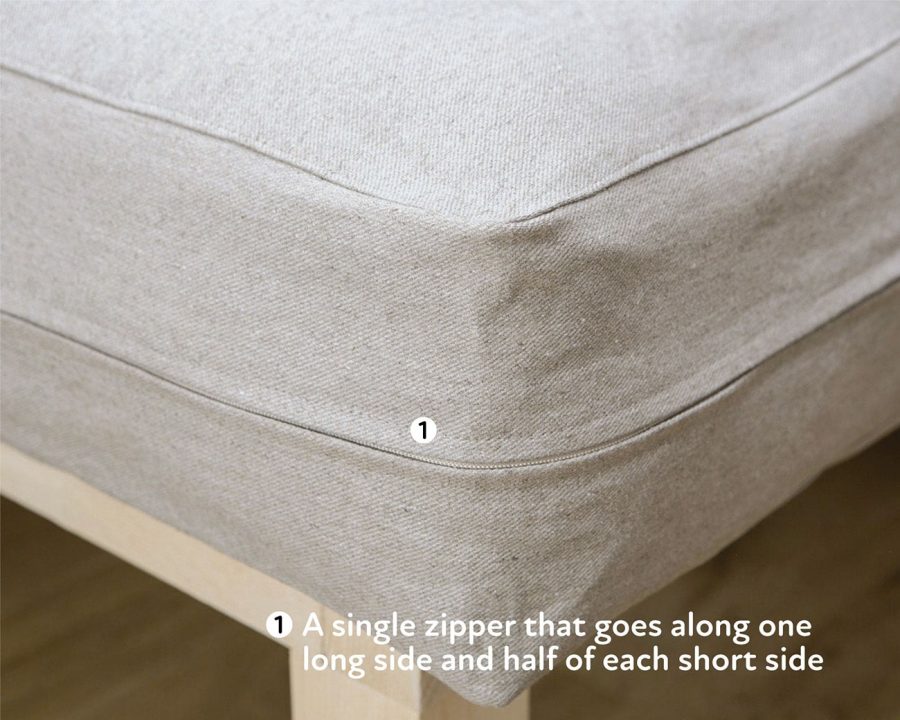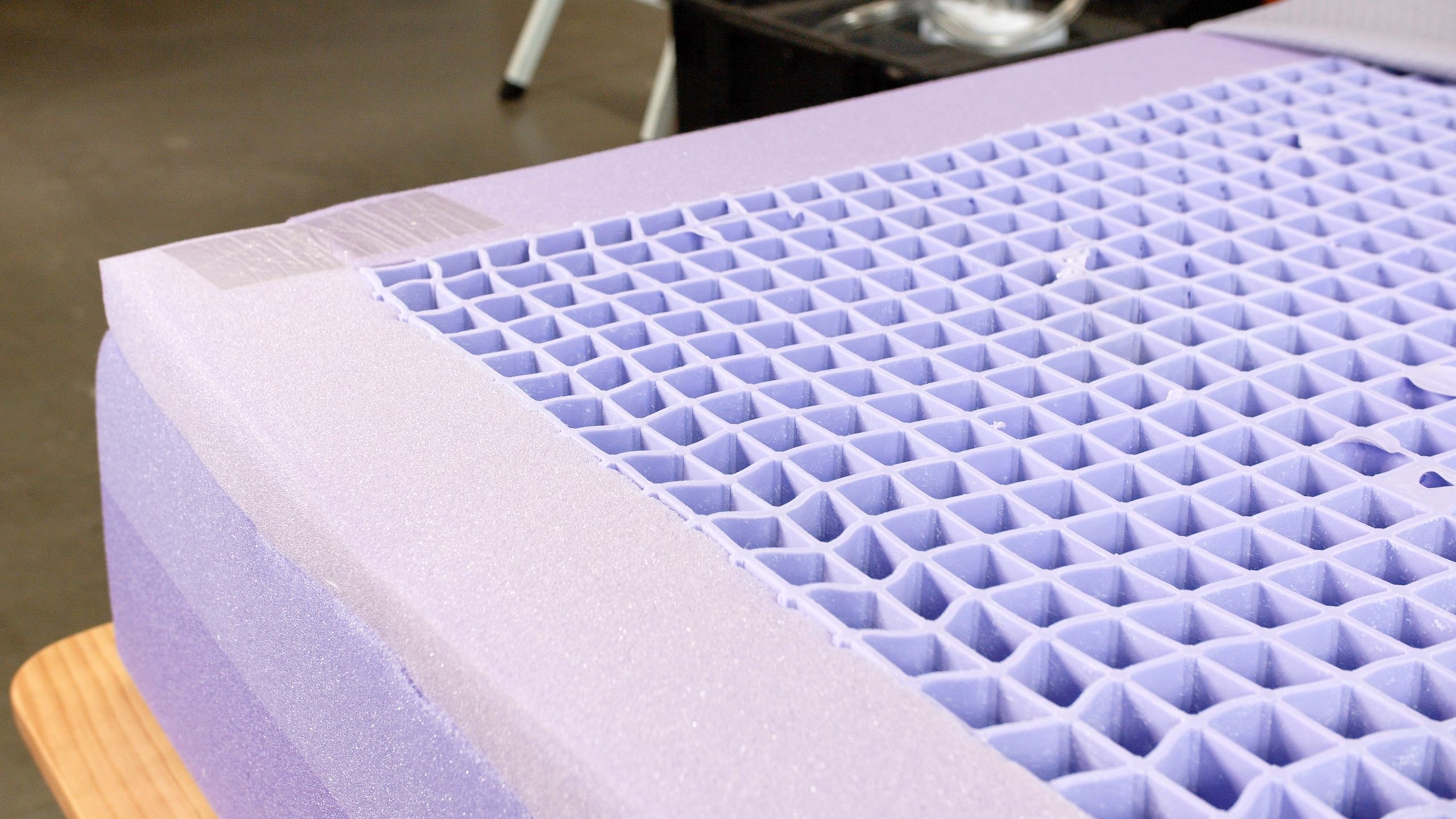1. How to Avoid Overmatching Furniture in Your Living Room
Creating a cohesive and visually appealing living room can be a daunting task, especially when it comes to choosing the right furniture. It's easy to get carried away with matching sets and end up with a space that feels bland and uninteresting. But fear not, with a few tips and tricks, you can avoid overmatching furniture in your living room and create a space that is stylish and unique.
First and foremost, it's important to have a clear vision for your living room design. This will help you make informed decisions and avoid impulse purchases that may not fit with your overall aesthetic. Consider the size of your room, the natural light, and the function of the space when planning your design.
The Dos: When it comes to choosing furniture pieces, stick to a color palette of 2-3 colors. This will help create a cohesive look while still adding visual interest. Consider pairing a neutral sofa with a bold accent chair or a patterned rug with a solid-colored couch. This will add dimension and prevent your living room from feeling too matchy-matchy.
The Don'ts: Avoid buying furniture from the same collection or set. This can make your living room look like a showroom rather than a curated space. It's also important to avoid choosing pieces that are the same height, shape, or texture. This can create a monotonous and uninteresting look.
2. Tips for Creating a Cohesive Living Room Design
Now that you know what to avoid, let's dive into some tips for creating a cohesive living room design. One of the easiest ways to achieve this is by incorporating a statement piece that ties the whole room together. This could be a bold piece of artwork, a unique coffee table, or a colorful accent chair.
Pro tip: When choosing a statement piece, make sure it's something you truly love and that reflects your personal style. This will give your living room a unique touch and make it feel like a reflection of you.
Another way to create a cohesive living room design is by incorporating patterns. However, it's important to use them strategically. Stick to 2-3 patterns and vary the scale. For example, pair a large-scale floral print with a smaller geometric pattern. This will add visual interest without overwhelming the space.
Pro tip: When mixing patterns, make sure to choose colors that complement each other. This will prevent the patterns from clashing and create a more harmonious look.
3. The Dos and Don'ts of Mixing Patterns in Your Living Room
As mentioned earlier, mixing patterns can add depth and interest to your living room design. However, it's important to do it correctly to avoid a chaotic and overwhelming look. Here are some dos and don'ts when it comes to mixing patterns in your living room:
The Dos:
4. Choosing the Right Color Scheme for Your Living Room
The color scheme you choose for your living room can make or break the overall design. It's important to choose colors that complement each other and create a harmonious look. One way to do this is by using the color wheel.
Complementary colors: These are colors that are opposite each other on the color wheel, such as blue and orange or yellow and purple. These colors create a bold and vibrant contrast when used together.
Analogous colors: These are colors that are next to each other on the color wheel, such as blue and green or red and orange. These colors create a more subtle and harmonious look when used together.
Monochromatic colors: These are different shades and tones of the same color. This creates a cohesive and calming look in a living room.
Pro tip: When choosing a color scheme, consider the mood you want to create in your living room. Do you want it to feel energetic and vibrant? Or calm and soothing?
5. Avoiding Clutter in Your Living Room: Organization Tips
Clutter is the enemy of a well-designed living room. Not only does it make the space look messy and chaotic, but it can also make it feel smaller. Here are some organization tips to help you avoid clutter in your living room:
6. The Importance of Balance in Living Room Design
Balance is key in creating a visually appealing living room. This means balancing different elements such as color, texture, and scale. Here are some tips for achieving balance in your living room design:
7. How to Mix and Match Furniture Styles in Your Living Room
Mixing and matching furniture styles is a great way to add personality and character to your living room. Here are some tips for successfully mixing different styles:
8. Creating a Focal Point in Your Living Room
A focal point is a key element in any well-designed living room. It draws the eye and anchors the space. Here are some ideas for creating a focal point in your living room:
9. The Role of Texture in Avoiding Overmatching in Your Living Room
Texture is an often overlooked but crucial element in living room design. It adds depth and dimension to a space and prevents it from feeling too one-note. Here are some tips for incorporating texture in your living room:
10. Incorporating Statement Pieces in Your Living Room Design
Lastly, don't be afraid to incorporate statement pieces in your living room design. These are the items that will make your space unique and reflect your personal style. Here are some ideas for statement pieces:
Avoid Overmatching in Your Living Room Design

Creating a Cohesive and Balanced Space
 When it comes to designing your living room, it's important to find a balance between style and functionality. While it may be tempting to fill your space with all of your favorite
home design trends
, it's important to
avoid overmatching
and creating a cluttered or overwhelming space. By following a few simple tips, you can create a cohesive and
balanced living room
that reflects your personal style without going overboard.
When it comes to designing your living room, it's important to find a balance between style and functionality. While it may be tempting to fill your space with all of your favorite
home design trends
, it's important to
avoid overmatching
and creating a cluttered or overwhelming space. By following a few simple tips, you can create a cohesive and
balanced living room
that reflects your personal style without going overboard.
Choose a Color Scheme
 One of the easiest ways to avoid overmatching in your living room is to choose a cohesive
color scheme
and stick to it. This will help tie the entire room together and prevent any one element from standing out too much. Consider using a neutral base color and incorporating pops of
bold colors
as accents throughout the room. This will create a
balanced
and visually appealing space.
One of the easiest ways to avoid overmatching in your living room is to choose a cohesive
color scheme
and stick to it. This will help tie the entire room together and prevent any one element from standing out too much. Consider using a neutral base color and incorporating pops of
bold colors
as accents throughout the room. This will create a
balanced
and visually appealing space.
Be Mindful of Patterns
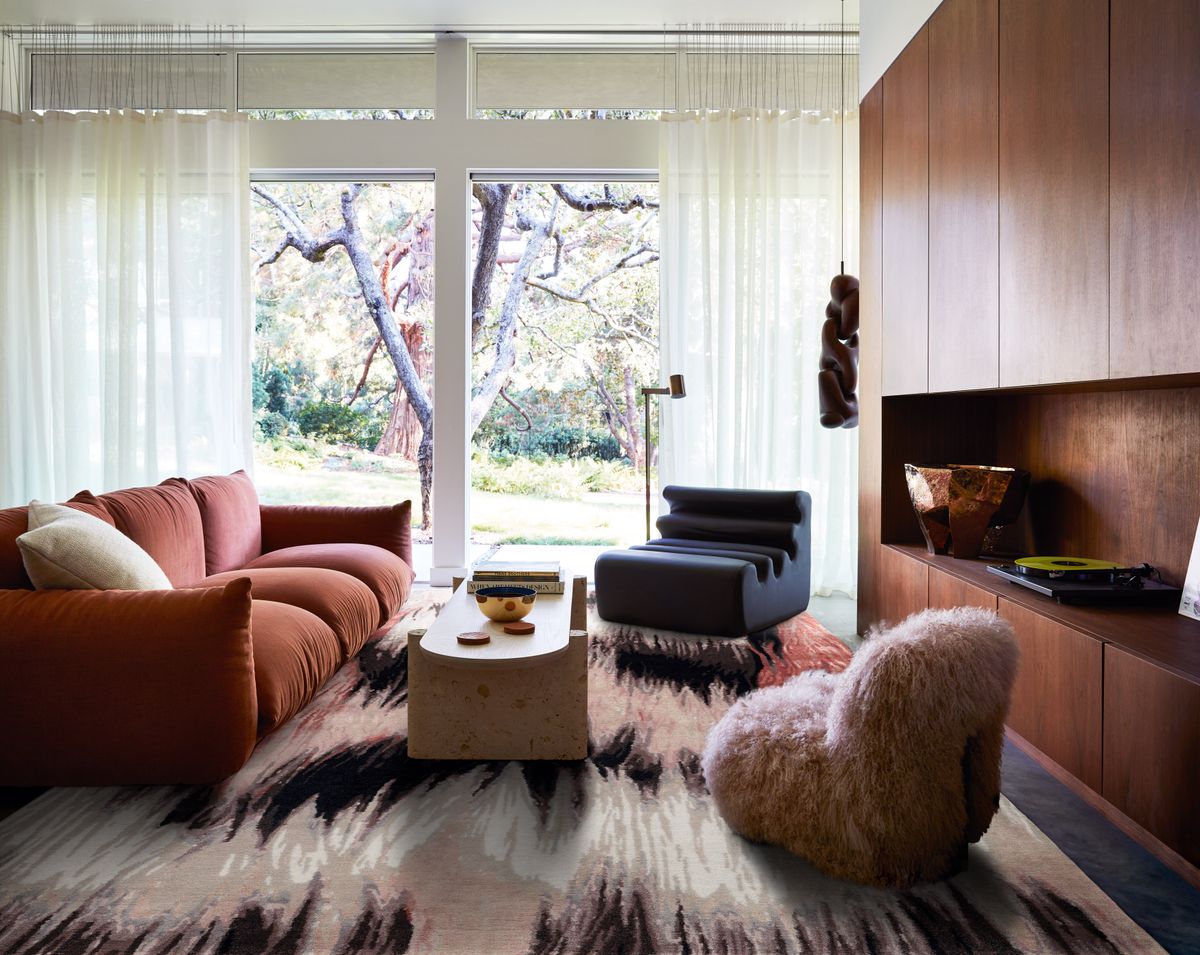 Patterns can add depth and interest to a room, but too many different patterns can create a chaotic and overmatched look. When choosing
furniture
and
decor
for your living room, try to stick to 2-3 patterns that complement each other. This will create a cohesive and
harmonious
look without overwhelming the space.
Patterns can add depth and interest to a room, but too many different patterns can create a chaotic and overmatched look. When choosing
furniture
and
decor
for your living room, try to stick to 2-3 patterns that complement each other. This will create a cohesive and
harmonious
look without overwhelming the space.
Mix and Match Textures
 Another way to add visual interest to your living room without overmatching is to mix and match different textures. This can be achieved through a variety of
materials
such as
wood
,
metal
,
fabric
, and
leather
. By incorporating a variety of textures, you can add depth and dimension to your living room while maintaining a cohesive and
balanced
look.
Another way to add visual interest to your living room without overmatching is to mix and match different textures. This can be achieved through a variety of
materials
such as
wood
,
metal
,
fabric
, and
leather
. By incorporating a variety of textures, you can add depth and dimension to your living room while maintaining a cohesive and
balanced
look.
Less is More
 When it comes to
decor
, it's important to remember that less is often more. Instead of filling every available space with
decorative items
, choose a few key pieces that will make a statement. This will prevent your living room from feeling cluttered and overmatched.
When it comes to
decor
, it's important to remember that less is often more. Instead of filling every available space with
decorative items
, choose a few key pieces that will make a statement. This will prevent your living room from feeling cluttered and overmatched.
Incorporate Personal Touches
 While it's important to avoid overmatching in your living room, it's also important to incorporate
personal touches
that reflect your unique style and personality. This can be achieved through
family photos
,
artwork
, or
decorative items
that hold special meaning to you. By incorporating these personal touches, you can create a
warm and inviting
space that is still visually appealing.
In conclusion, when designing your living room, it's important to find a balance between style and functionality. By choosing a cohesive color scheme, being mindful of patterns, mixing and matching textures, using less decor, and incorporating personal touches, you can create a
well-balanced
living room that reflects your personal style without going overboard. Remember to
avoid overmatching
and create a space that is both visually appealing and functional.
While it's important to avoid overmatching in your living room, it's also important to incorporate
personal touches
that reflect your unique style and personality. This can be achieved through
family photos
,
artwork
, or
decorative items
that hold special meaning to you. By incorporating these personal touches, you can create a
warm and inviting
space that is still visually appealing.
In conclusion, when designing your living room, it's important to find a balance between style and functionality. By choosing a cohesive color scheme, being mindful of patterns, mixing and matching textures, using less decor, and incorporating personal touches, you can create a
well-balanced
living room that reflects your personal style without going overboard. Remember to
avoid overmatching
and create a space that is both visually appealing and functional.




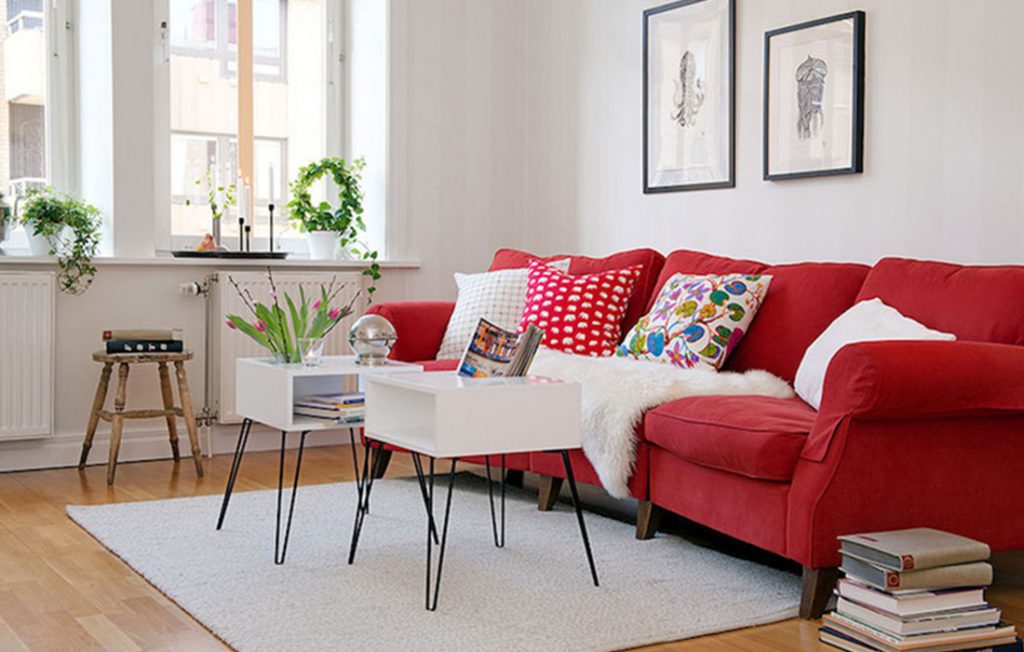

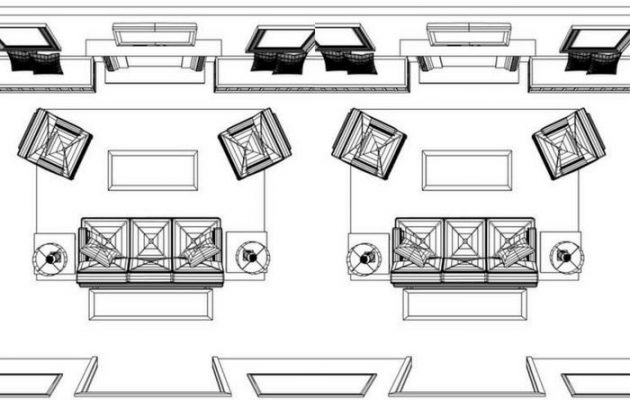

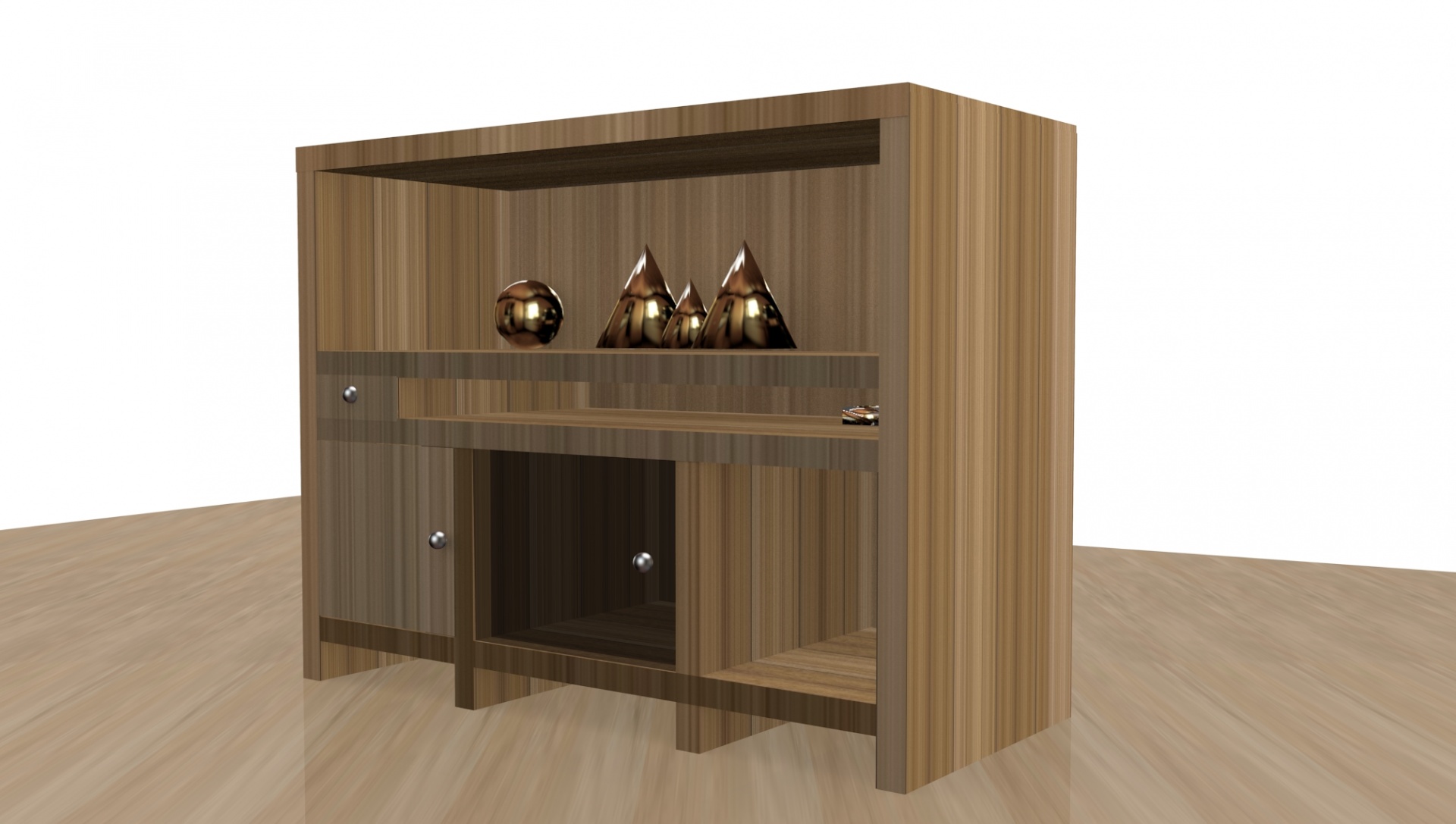




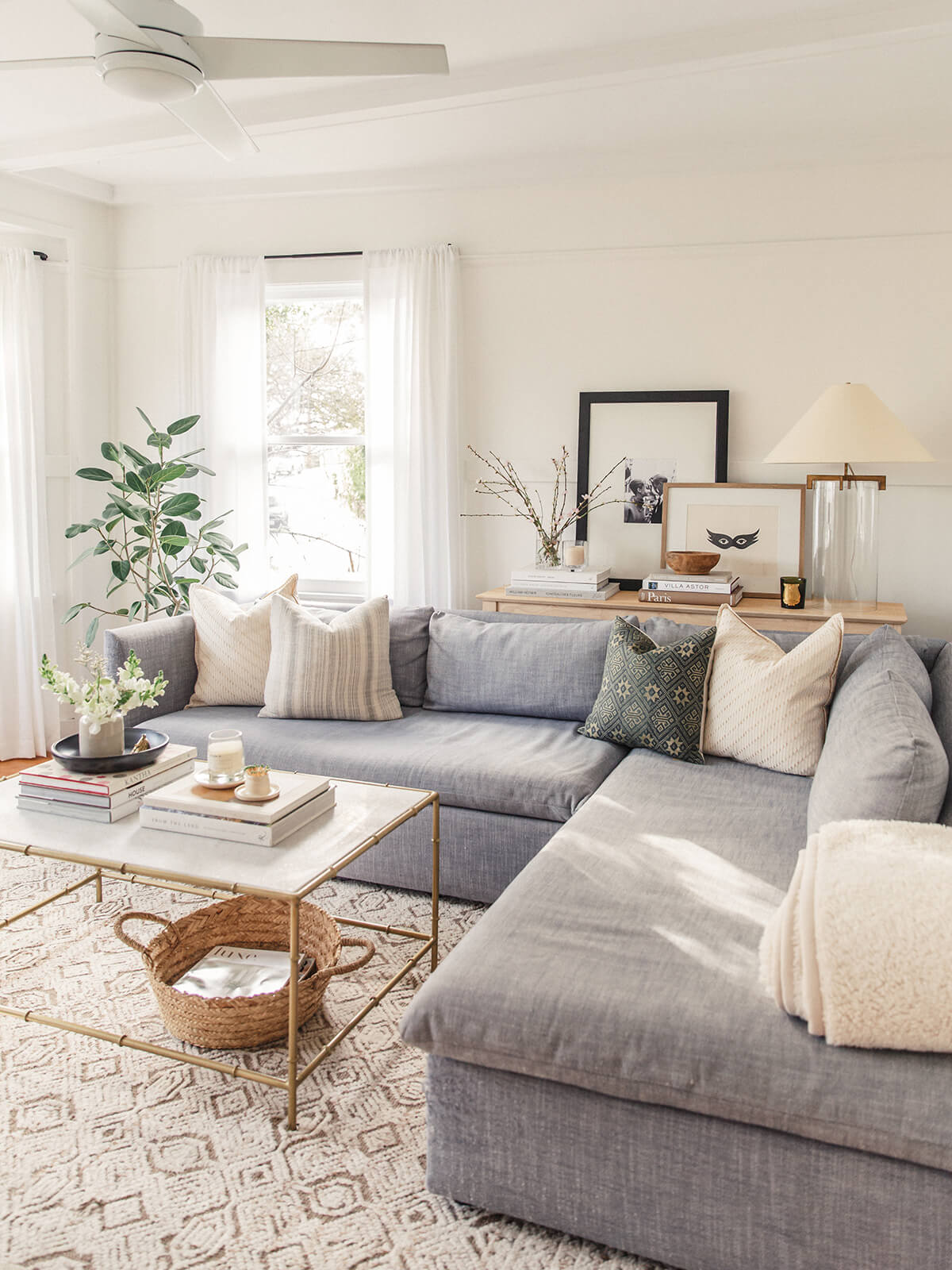
:max_bytes(150000):strip_icc()/living-room-dining-area-12f2b1fc-2f68bac0692f41b39a8f9e5b7dd37cc3.jpg)



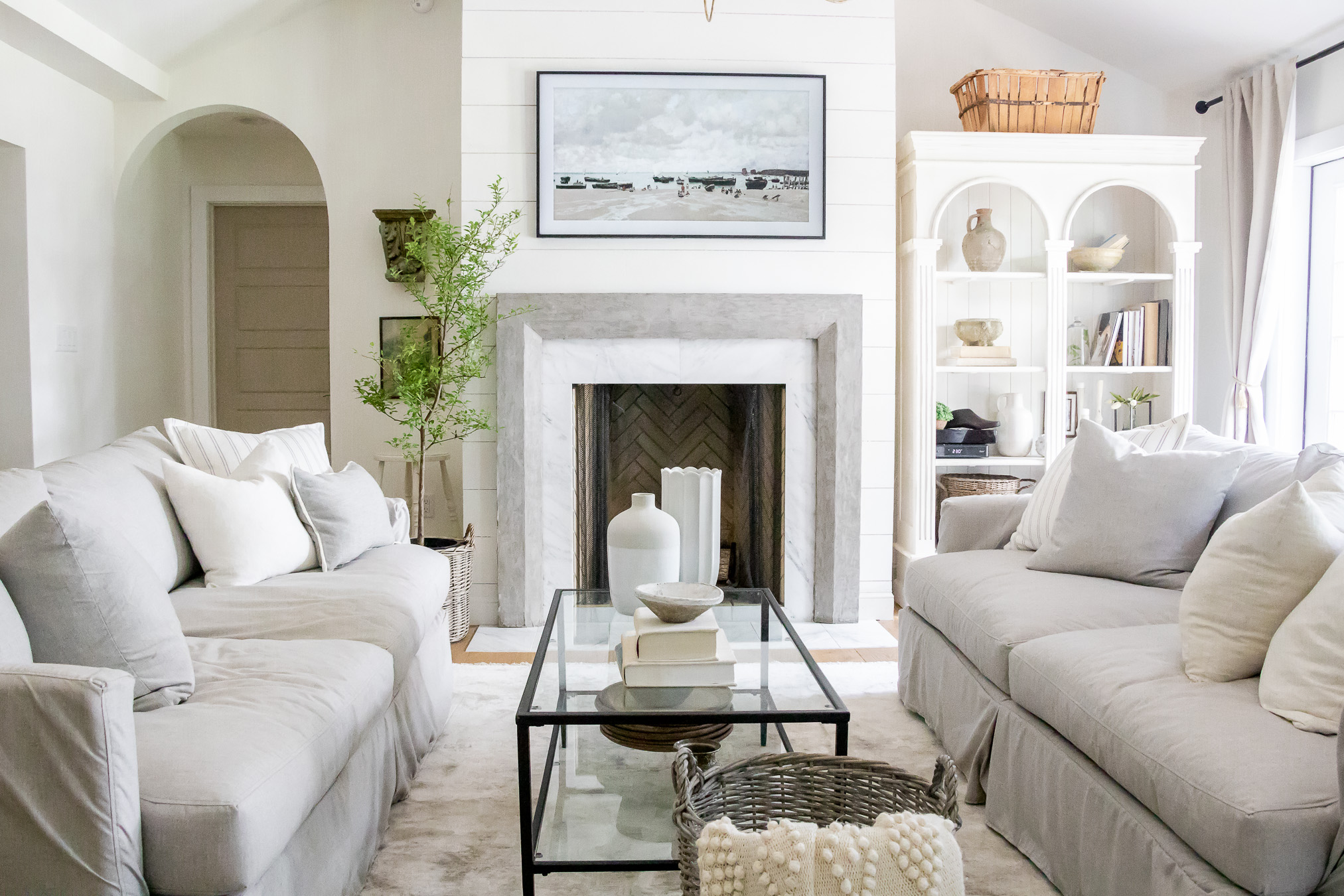
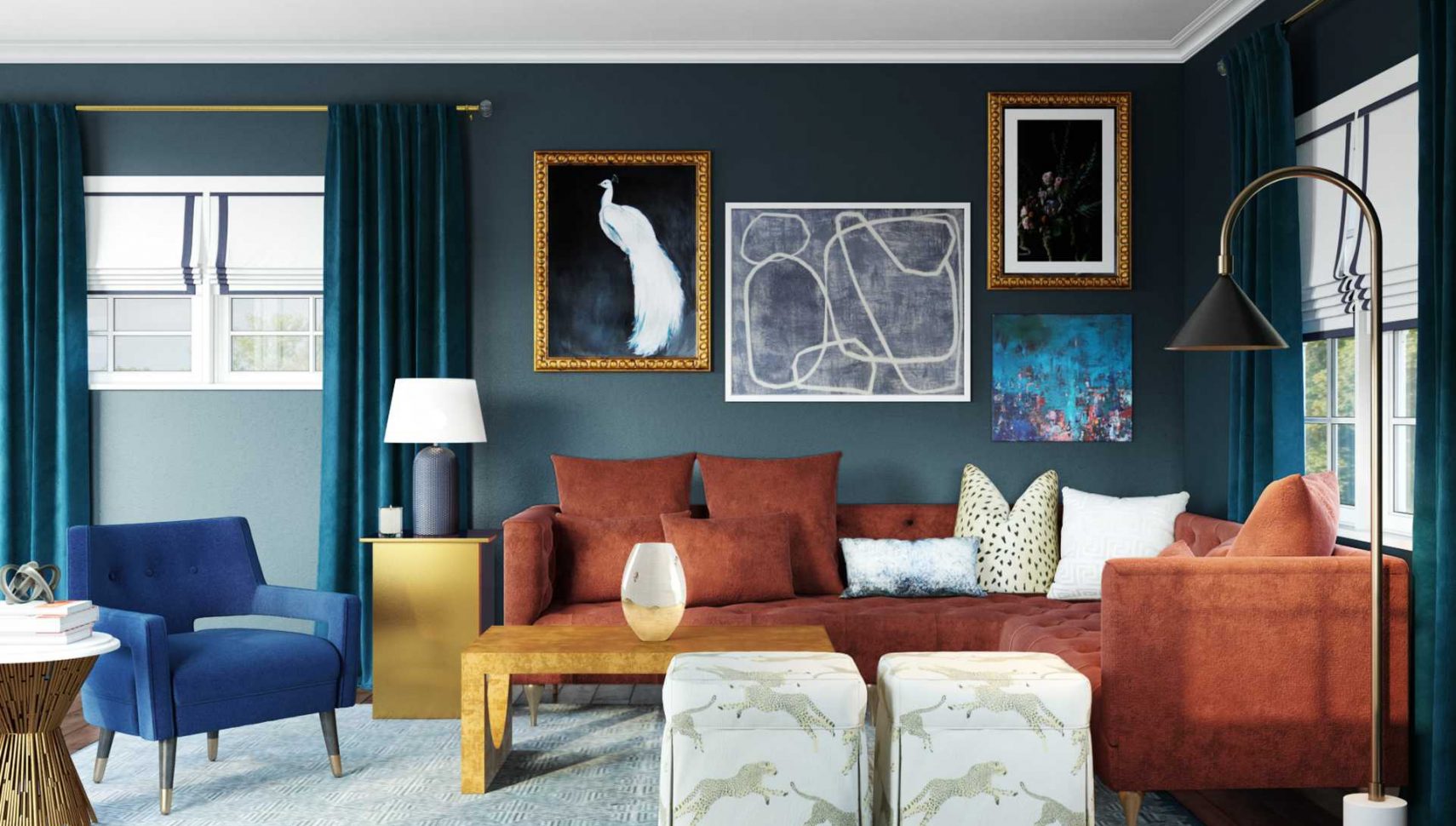

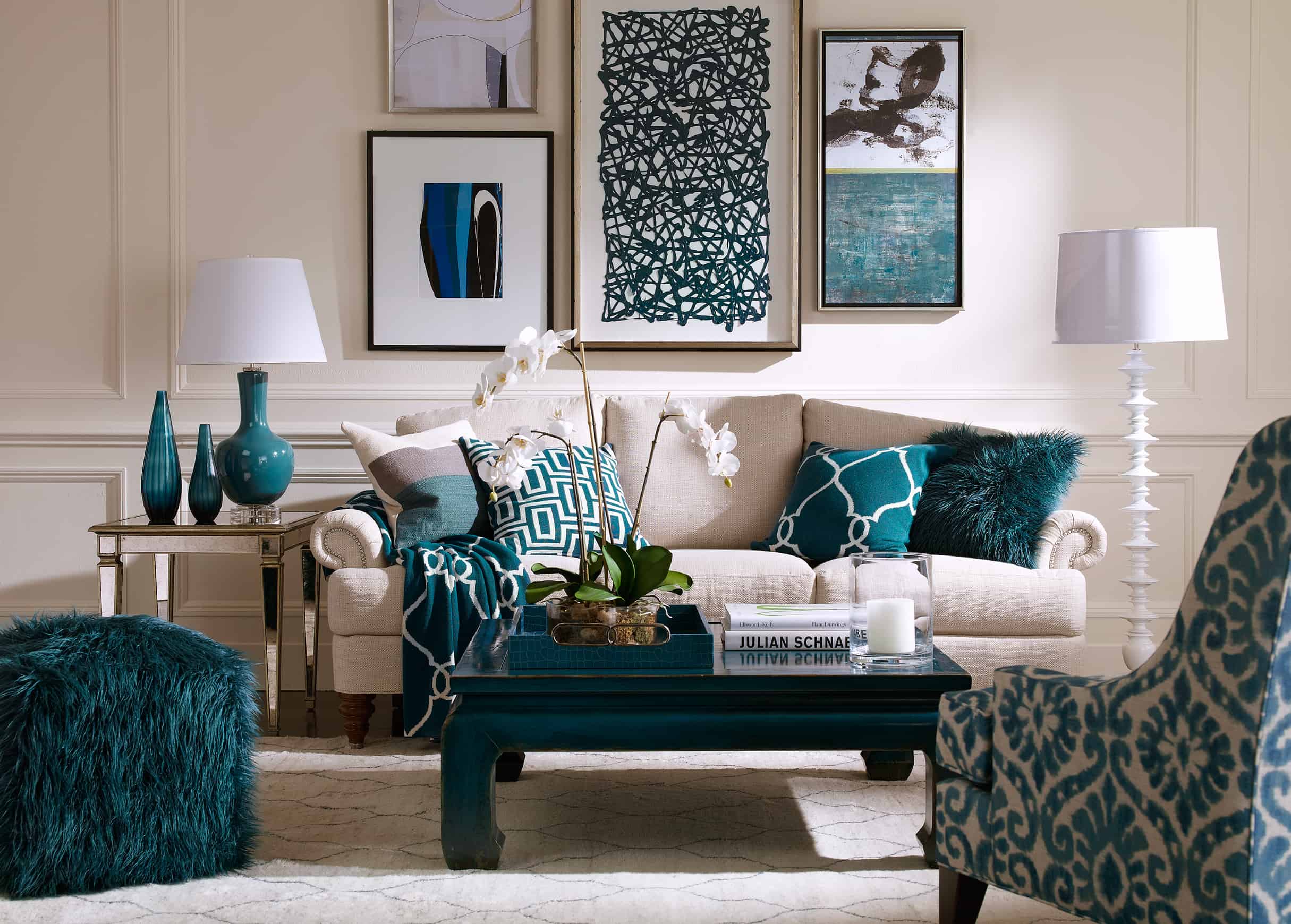
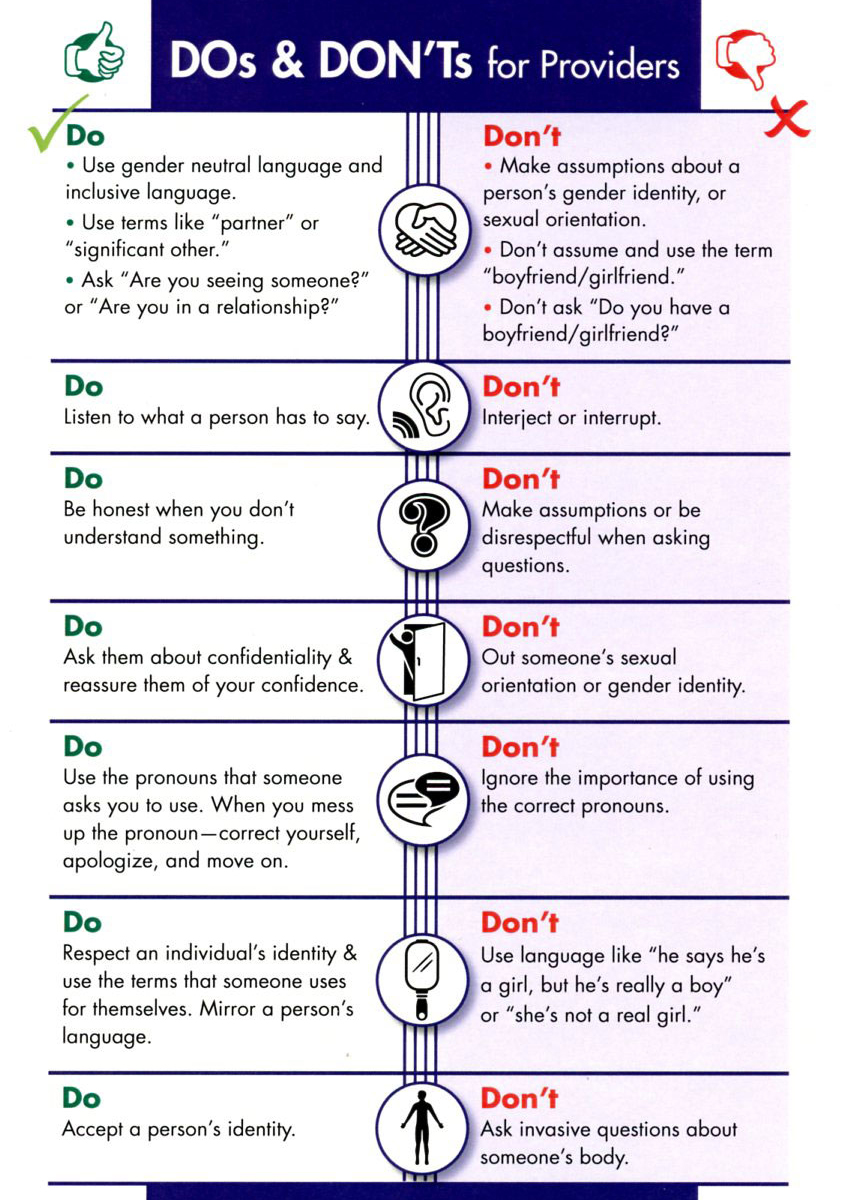








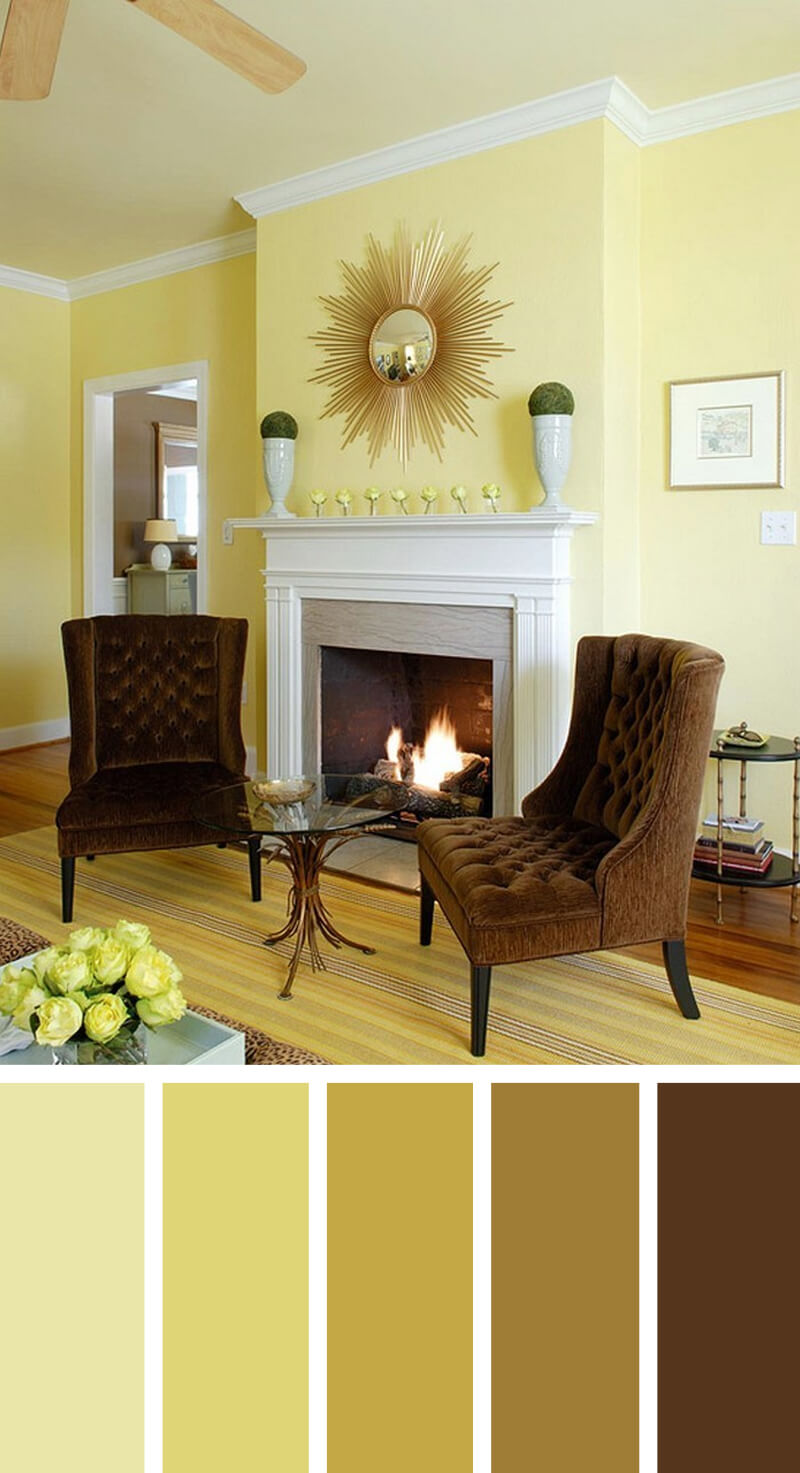



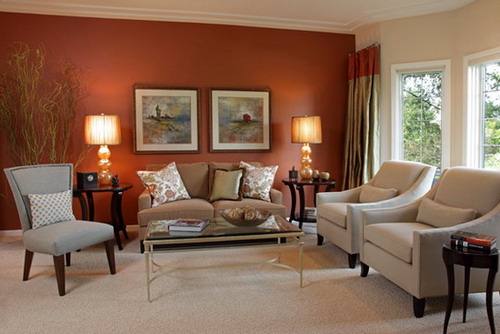

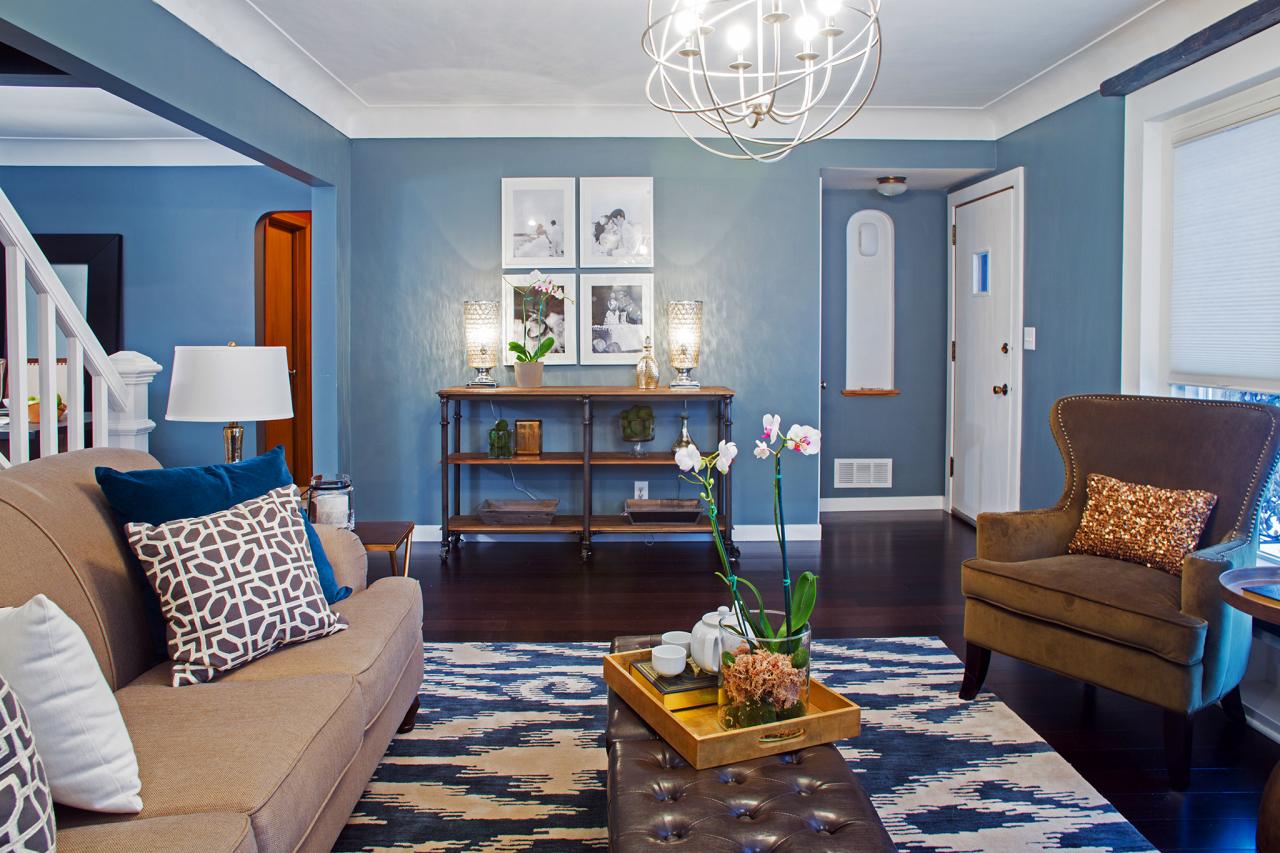
:max_bytes(150000):strip_icc()/showcase-home-interior-looks-inviting--487916813-5accd093fa6bcc00361bb970.jpg)
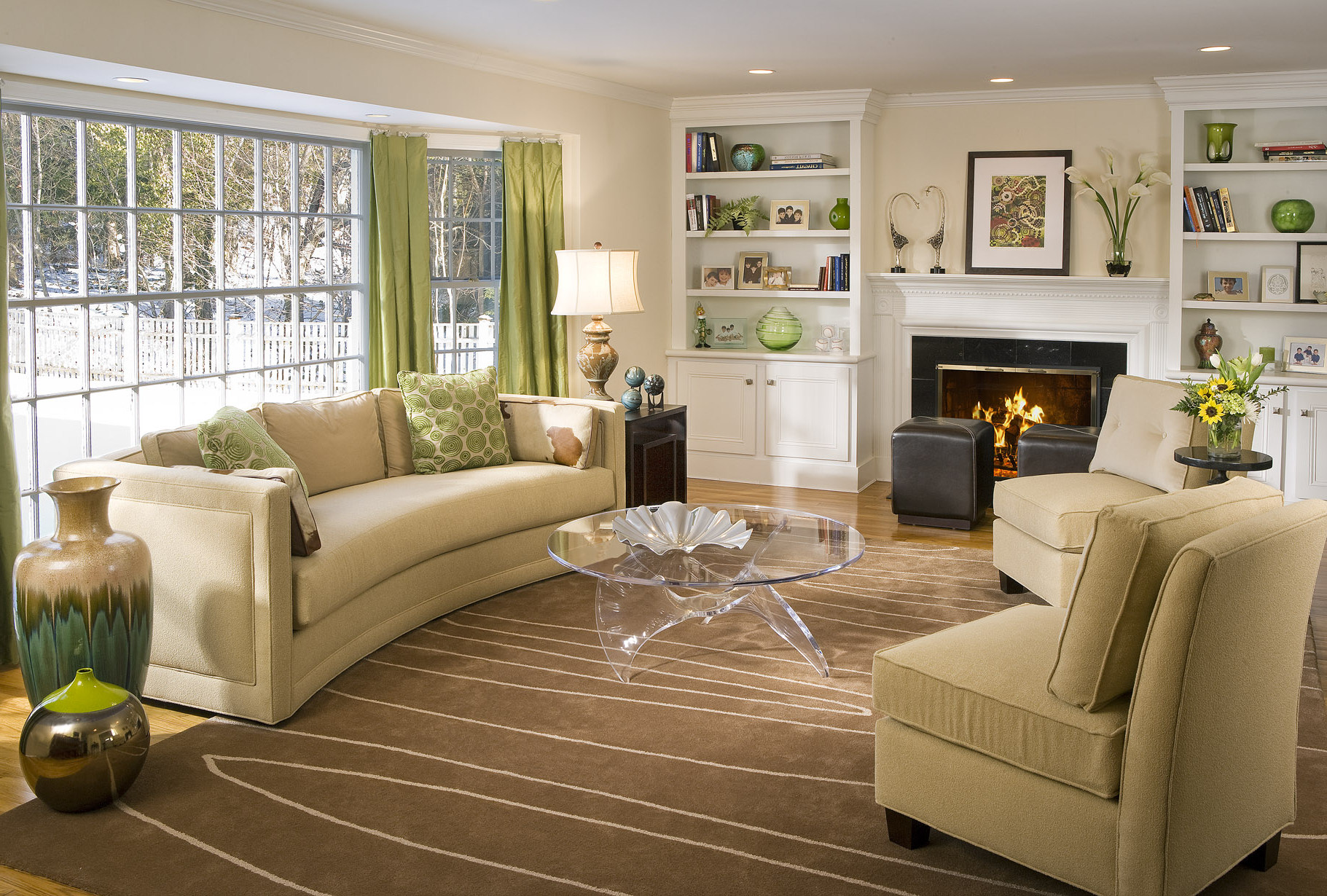

/169789002-58a723d63df78c345b930ec6.jpg)

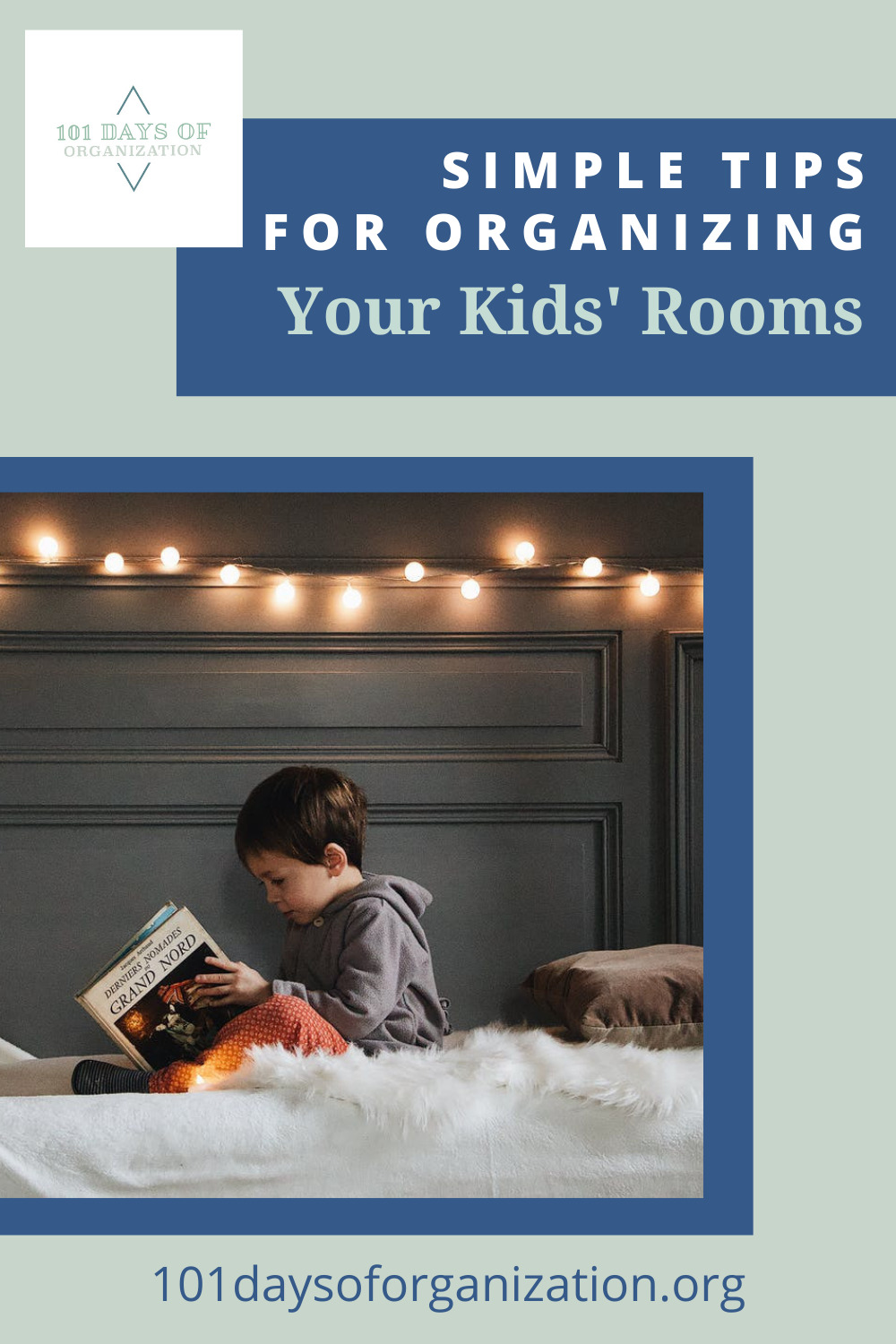















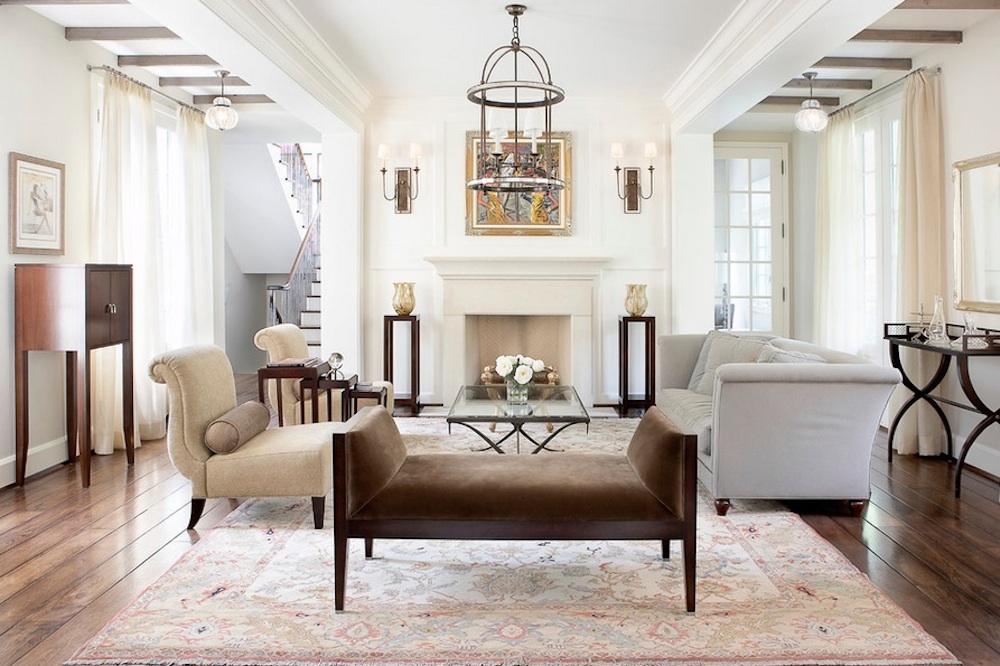





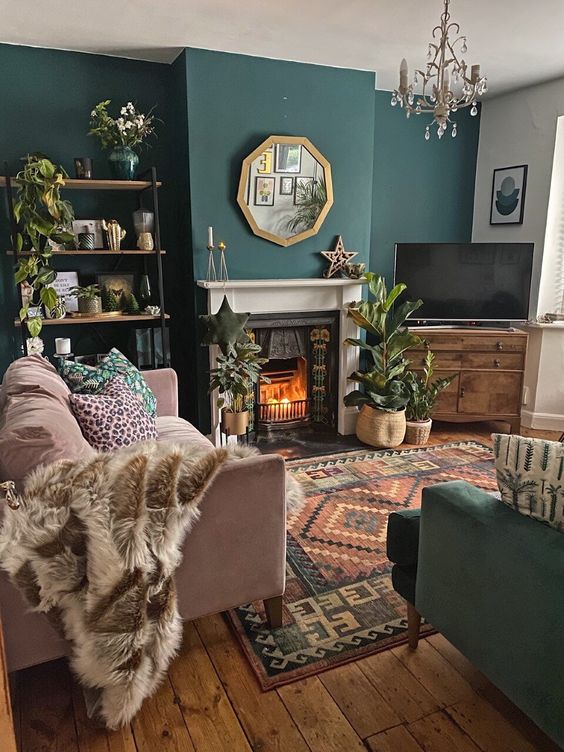










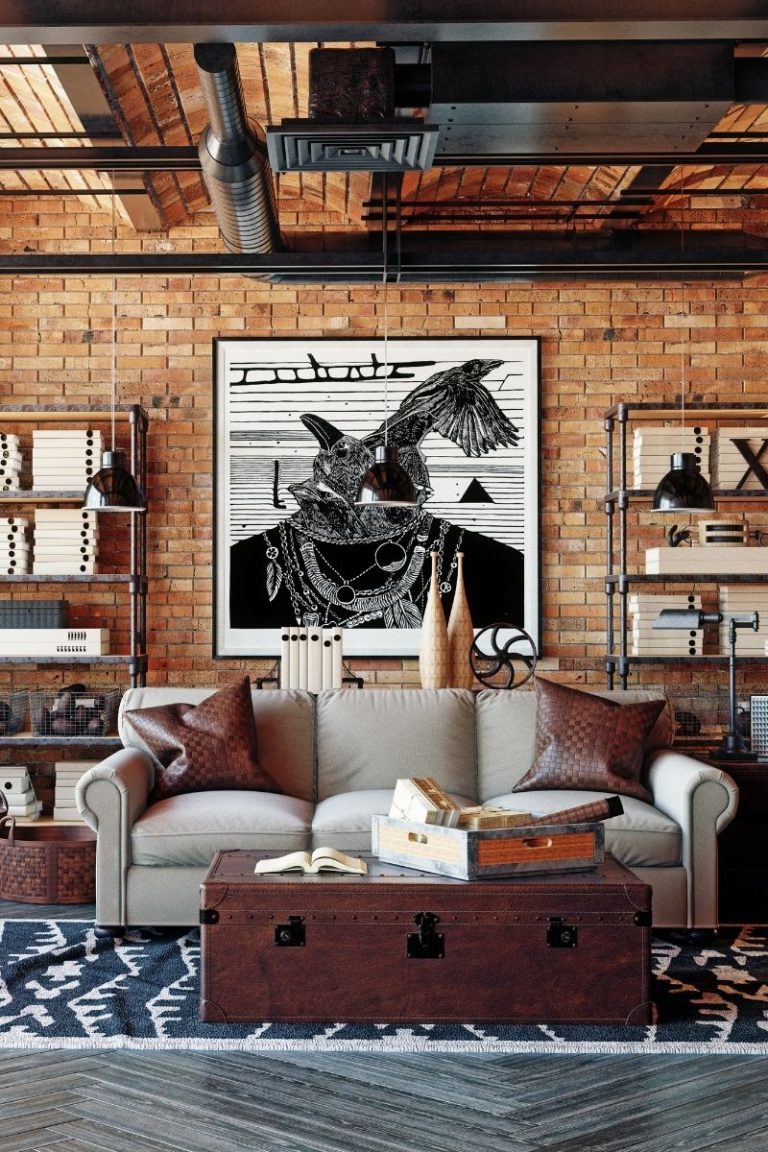





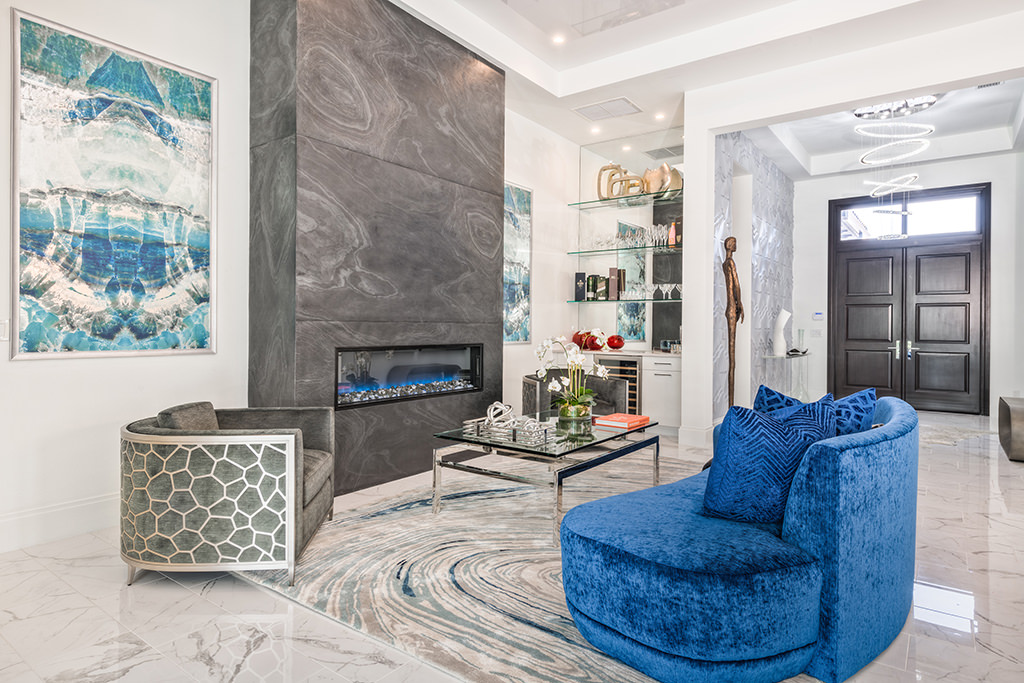
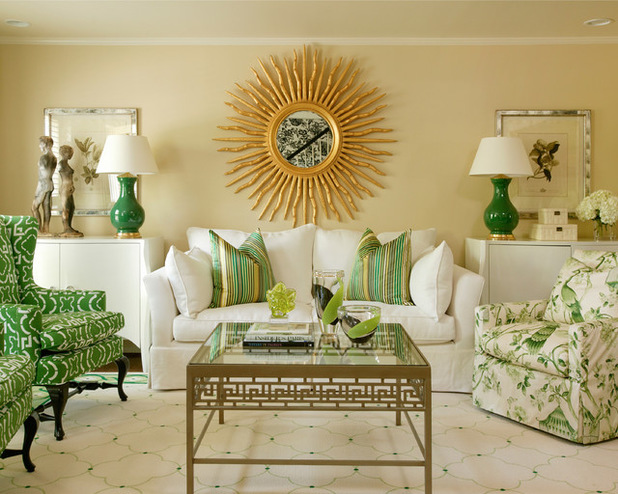

:max_bytes(150000):strip_icc()/3-Scheer-Co.-Interior-Design-bungalow-58bdc96c5f9b58af5c23b3a6.jpg)

